The Czech crystal will seamlessly connect with the cross-border e-commerce platform after each CIIE, becoming the "same style in the Expo" that consumers can buy online for the first time. This year’s hot-selling product is a hand-carved gold-painted bowl, priced at 4,800 yuan, which is still difficult to stop consumers from chasing.

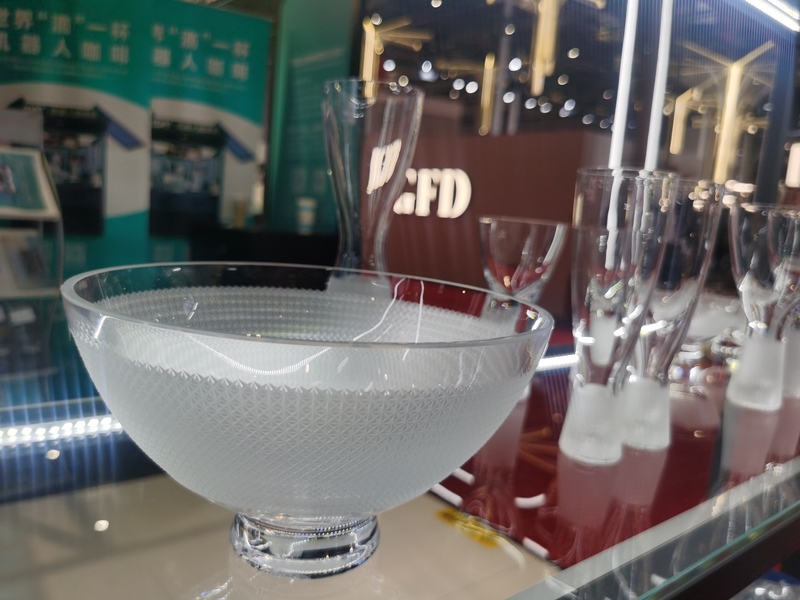
Czech crystal has attracted imitators. A niche French skin care product that participated in the Expo for the first time this year immediately entered the Qingpu Comprehensive Guarantee Area after the exhibition, and also became a cross-border e-commerce product. Once a consumer places an order, the goods can be shipped directly from the warehouse in the Comprehensive Guarantee Area.

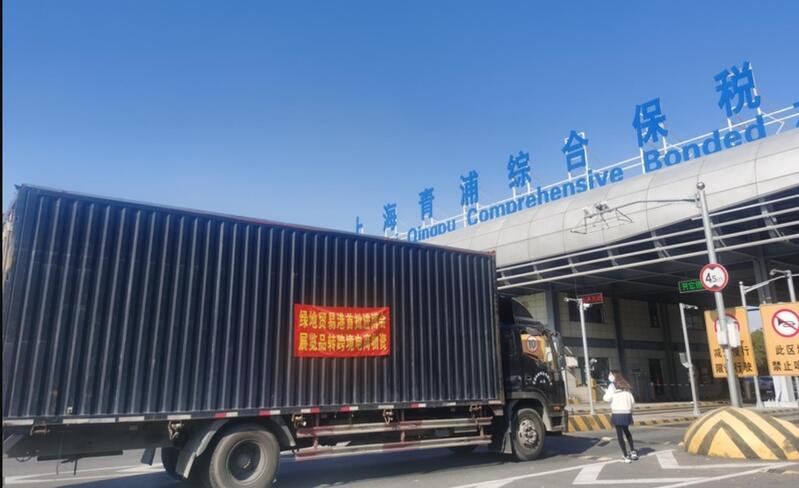
They came to Shanghai not far away and became participants in "Silk Road E-commerce".China’s accession to the WTO 20 years ago has activated a pool of spring water for the world economy. Now China focuses on promoting the development of cross-border e-commerce in countries and regions along the "Belt and Road Initiative", once again injecting new impetus into global trade facilitation.
It is understood that our country’s cross-border e-commerce started in 2013. In recent years, after four sessions of the Expo, as our country continues to expand and open up, China’s market consumption continues to upgrade, and more and more niche products with the characteristics of the "Belt and Road Initiative" choose to be sold to China through cross-border e-commerce channels. Many have gone through the upgrade road from "trial new products" to "explosion" to "big trade goods". "Silk Road E-commerce" has explored the password of China’s consumption upgrade and has become the vanguard of general trade.
After the Expo, it became popular
China Jiesi Co-promotion Center is a typical "Silk Road E-commerce". In recent years, it has taken over more than 70% of our country’s imported crystal handicrafts from the Czech Republic. However, Zhang Peng, the president, knows how to treat them differently – for those mature models, they are mostly imported by general trade, and high-value-added new models go through cross-border e-commerce. "Since it is impossible to determine in advance whether the new models will be popular in China, cross-border e-commerce has undoubtedly become a fast and economical choice."
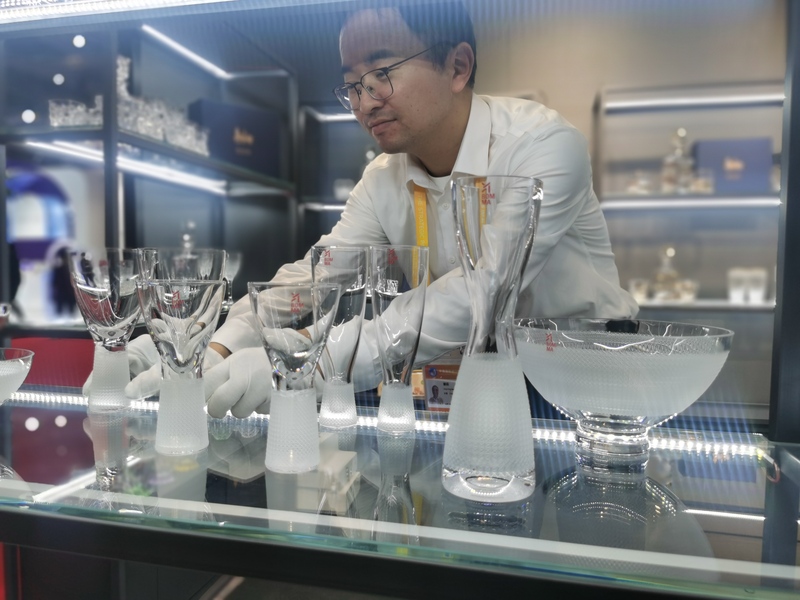
Czech crystal at the 4th CIIE.
Zhao Jian, general manager of Cainiao International Supply Chain, is deeply involved in cross-border e-commerce logistics and is keen to study the "Silk Road special line". Last year, together with airlines, customs and other departments, he piloted the first cross-border direct mail "niche incense" route in China and Europe in Germany. It is filled with incense products that have never entered the Chinese market but have an excellent reputation in Europe. During the "Double Dan" period last year, it was able to be sent directly from Europe to China every day.
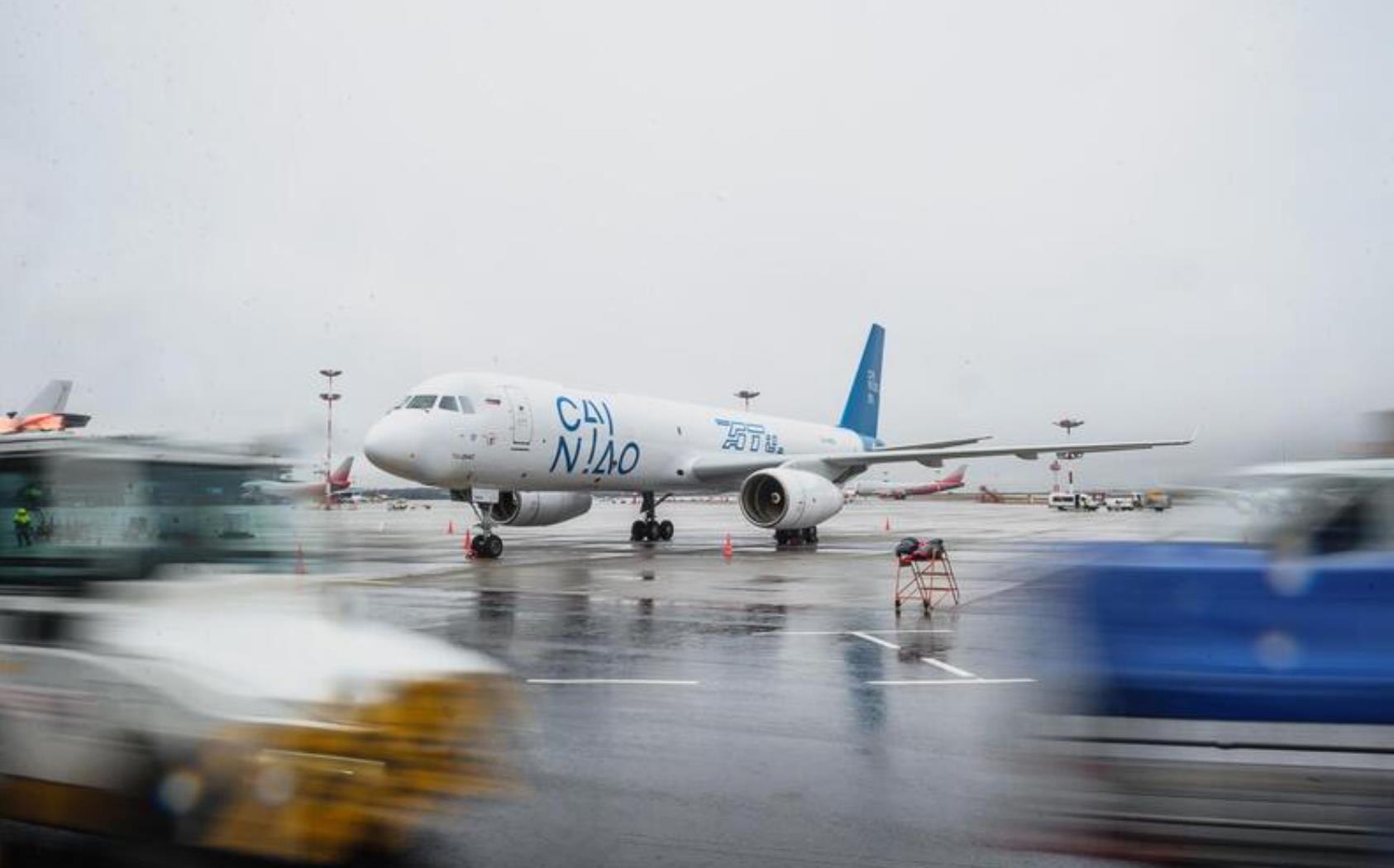
In Zhao Jian’s eyes, cross-border e-commerce has many benefits. "It is like you go shopping abroad, and its taxation and entry requirements are naturally different from those of general trade imports. At the end of 2018, the Ministry of Commerce, the General Administration of Customs and other six ministries and commissions jointly issued a document to supervise the retail imports of cross-border e-commerce goods according to the entry items for personal use, and do not implement the requirements for the approval, registration or filing of the first import license of the relevant goods. At the same time, they are exempt from customs duties, and only 9.1% of the cross-border e-commerce comprehensive tax is levied, that is, 13% of the value-added tax is 30% off. Many consumers like that cross-border e-commerce has a real customs declaration form, which is more reliable than the real and fake’purchasing
However, according to the observation of Lao Weiling, director of the e-commerce research center of Shanghai University of Finance and Economics, before the first CIIE, "Silk Road e-commerce" was mostly synonymous with overseas milk powder diapers, and it was after the CIIE that it really became popular. "The CIIE has ignited consumers’ new ideas, and they are eager to see the same product on the cross-border e-commerce platform. Therefore, Malaysian health care products, goat milk masks in Poland, beer in Angola, and chocolate-flavored coffee all appeared after the CIIE, and quickly launched the cross-border e-commerce platform."
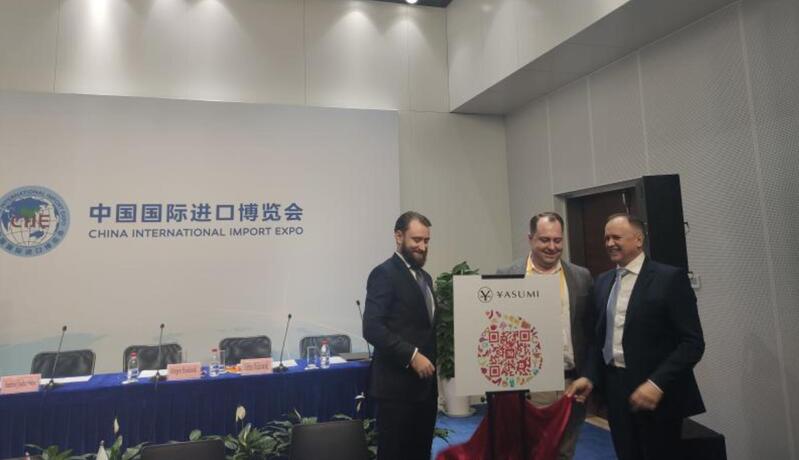
Polish cosmetics brand Yasumi opened its Tmall Global flagship store during the second CIIE. (Photo by Li Ye)
According to Shanghai customs data, in the first three quarters of 2019 after the conclusion of the first China International Import Expo, Shanghai’s cross-border e-commerce online shopping bonded trade imports grew by as much as 40.3%.
Inspire Shanghai’s system to re-innovate
According to the figures released at the 2021 China International Trade in Services Fair, in the past five years, the scale of cross-border e-commerce in our country has increased by nearly 10 times, and the import and export volume last year has reached 1.69 trillion yuan. Shanghai, as one of the first batch of cross-border e-commerce pilot cities in our country in 2013, has always played a leading role. The transaction scale has continued to grow by double digits in the first half of this year, ranking among the top in the country. The RCEP (Regional Comprehensive Economic Partnership Agreement), which will take effect in January next year, will stimulate the re-innovation of Shanghai’s system.
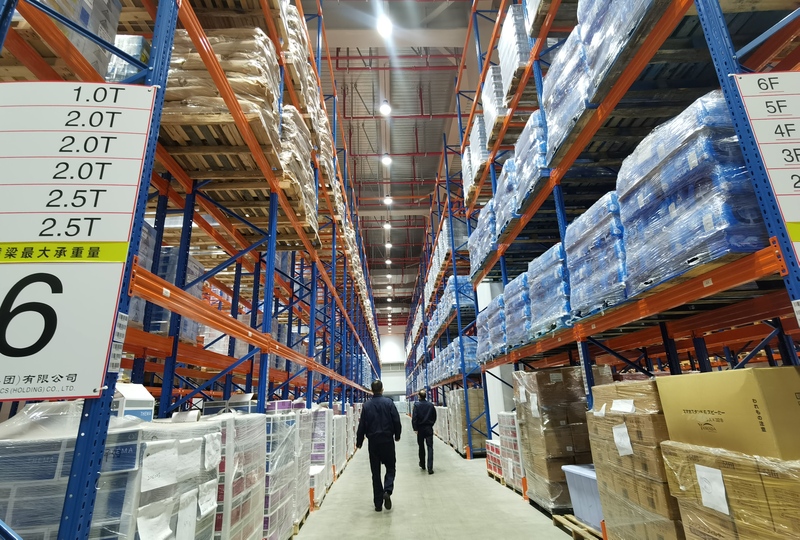
The warehouse in the Shanghai Comprehensive Guarantee Area is filled with cross-border e-commerce goods.
The RCEP was initiated by the ten ASEAN countries and invited China, Japan, South Korea, Australia, New Zealand and India to participate together to establish a unified market for free trade among the 16 countries by reducing tariffs and non-tariff barriers. Under the RCEP framework, the number of products that will eventually achieve zero tariffs in goods trade will reach 90%, which will greatly encourage the development of cross-border e-commerce among RCEP member countries.
To become a big "Silk Road e-commerce", the speed must be faster. Shanghai is already taking action. For example, a Japanese direct purchase import order can be placed today and received the next day. It is reported that Shanghai has established a fast customs clearance mechanism for cross-border e-commerce, from the arrival of goods at customs supervision places to customs clearance and release, the longest time is no more than 24 hours, and a large number of low-risk declared goods can even be "released in seconds". Take Xiaohongshu, a cross-border e-commerce platform, as an example. Orders in Europe, America and Australia generally take only 7 to 10 days from the time the user places an order to signing for it. Japanese and Korean orders are faster, with Shanghai users taking no more than 3 days and national users taking up to 5 days. If a Japanese direct mail import order is placed by the consumer in the morning, the overseas warehouse will pack it immediately, pick it up in the afternoon, air it to Shanghai in the early morning of the next day, and clear customs in the afternoon, and it will be delivered that night.
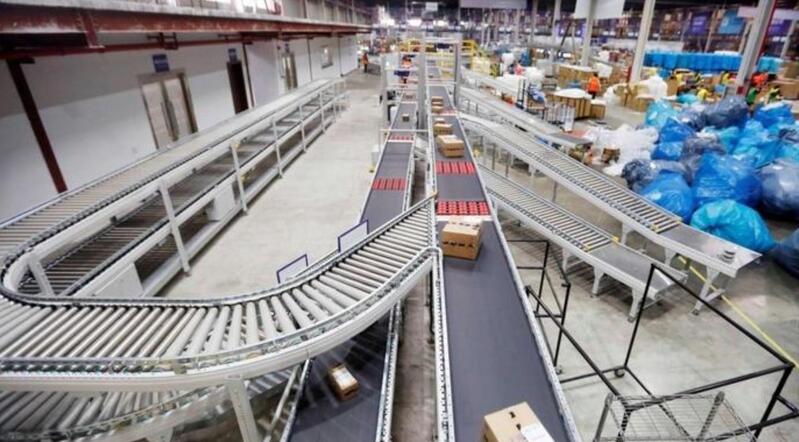
In addition to fast release, there is also the convenience of summary tax payment. In order to support the development of "Silk Road e-commerce", Shanghai Customs has launched a "list verification and centralized tax payment" customs clearance model. E-commerce enterprises can apply for summary payment letters from the customs within 31 to 45 days from the date of cross-border package release. This move greatly facilitates enterprises.It has attracted a large number of e-commerce companies such as Xiaohongshu, Tmall Global, JD.com Global Shopping, and Amazon to place the import port of "cross-border direct purchase" business in Shanghai, and also place the "traffic test" of cross-border purchase at consumer carnival points such as "Double 11", "Double 12" and "Black Friday" at the Shanghai port.
Cross-border supply chains are strengthening
"Silk Road E-commerce" is a two-way trade. On the one hand, foreign brands explore the Chinese market, and on the other hand, domestic products go overseas. Data show that in the total scale of cross-border e-commerce transactions in our country last year, the export value was 3 times that of the import value.

Foreigners are enthusiastic about purchasing Chinese goods.
The University of Ghent in Belgium has recently set off a Chinese Phoenix brand bicycle craze, which stems from the fact that European college students have used cycling to replace the previous way of taking trains due to the pandemic. The trend of foreigners keen on Chinese goods is related to the increase in overseas promotion of "Silk Road e-commerce" such as Tmall Global, Koala Haigou and AliExpress in the past two years. For example, AliExpress has seen a surge in overseas users participating in the "Double 11" hand chopping this year. Among them, Brazilian users are the most enthusiastic, and in just 15 minutes, they exceeded the one-hour transaction volume last year.

Spanish users received "Double 11" to buy Chinese electric razors.
Last month, on Douyin International TikTok, Russian Internet celebrity Regsem, who has 4 million fans, excitedly posted the Bluetooth speaker from China that she received in just 10 days. Behind this consumer experience that surpasses foreigners’ expectations is the cost reduction and acceleration brought by China’s cross-border logistics to accelerate overseas layout.

Russian Internet celebrity RegsemOn Douyin International TikTokShe posted the Bluetooth speaker she received from China.
It is reported that in recent years, express delivery companies such as Zhongtong, Yuantong, Yunda, as well as cross-border supply chain solution providers such as Cainiao and Newegg have rushed to build warehouses along the "Belt and Road Initiative". According to the data of the Ministry of Commerce, there are currently nearly 2,000 overseas warehouses for cross-border e-commerce in our country, covering an area of 12 million square meters. For example, Zhongtong has built 40 overseas warehouses and 17 cross-border advantageous lines, achieving global business. For example, the cross-border logistics of the AliExpress platform is guaranteed by Cainiao. At present, European consumers can buy a Chinese-made thermos cup on AliExpress and choose the "5 US dollars 10 days delivery" service. Such freight and timeliness are even cheaper and faster than in Europe and the United States.
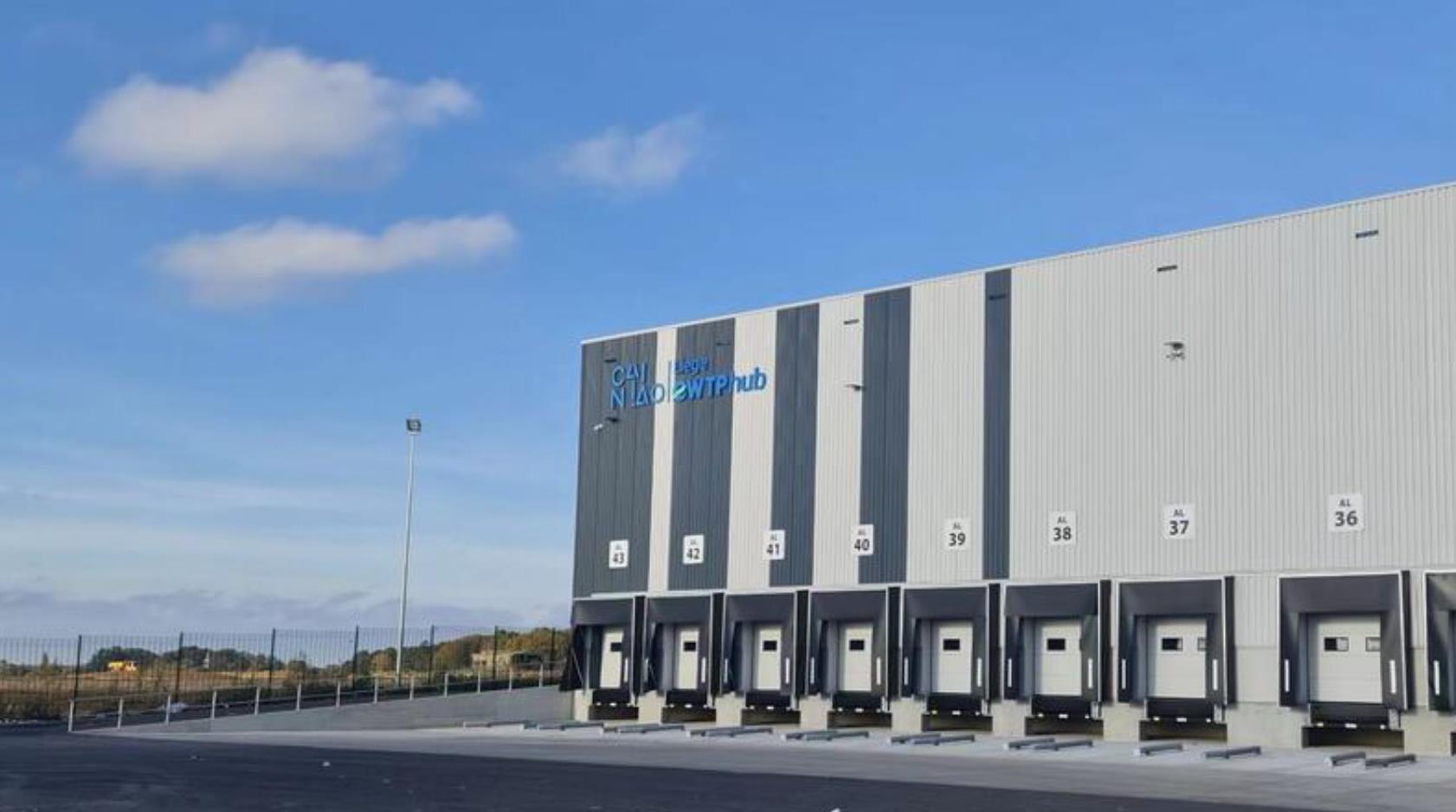
On November 8, local time, Cainiao officially put into use the eWTP Hub in Liege, Belgium, the largest smart logistics hub in Europe.
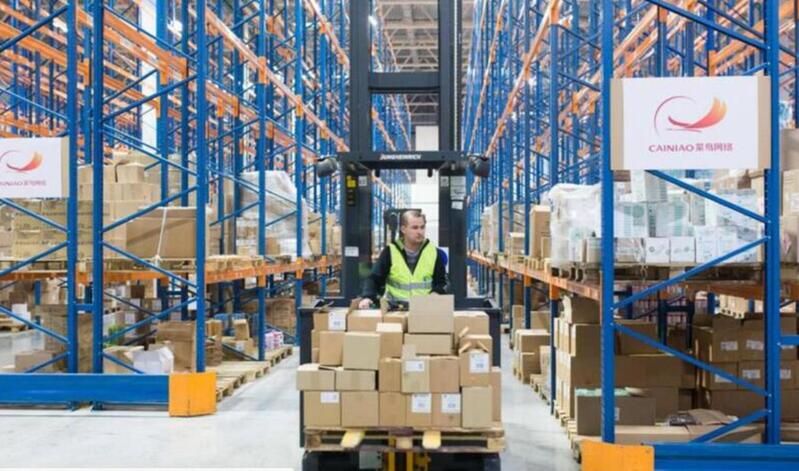
Overseas warehouses of Chinese logistics companies.
At present, our country has established bilateral e-commerce cooperation mechanisms with 22 countries on five continents, and "Silk Road E-commerce" is becoming a new engine of international economic and trade cooperation in the construction of the "Belt and Road Initiative". In this process, the efficiency and cost advantages of China’s cross-border supply chain are highlighted, and the gap between Chinese logistics companies and the three giants of international express delivery is also expected to be rapidly narrowed by the construction of "Silk Road E-commerce".
关于作者